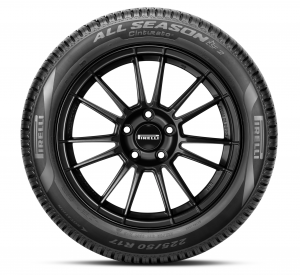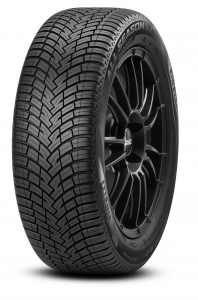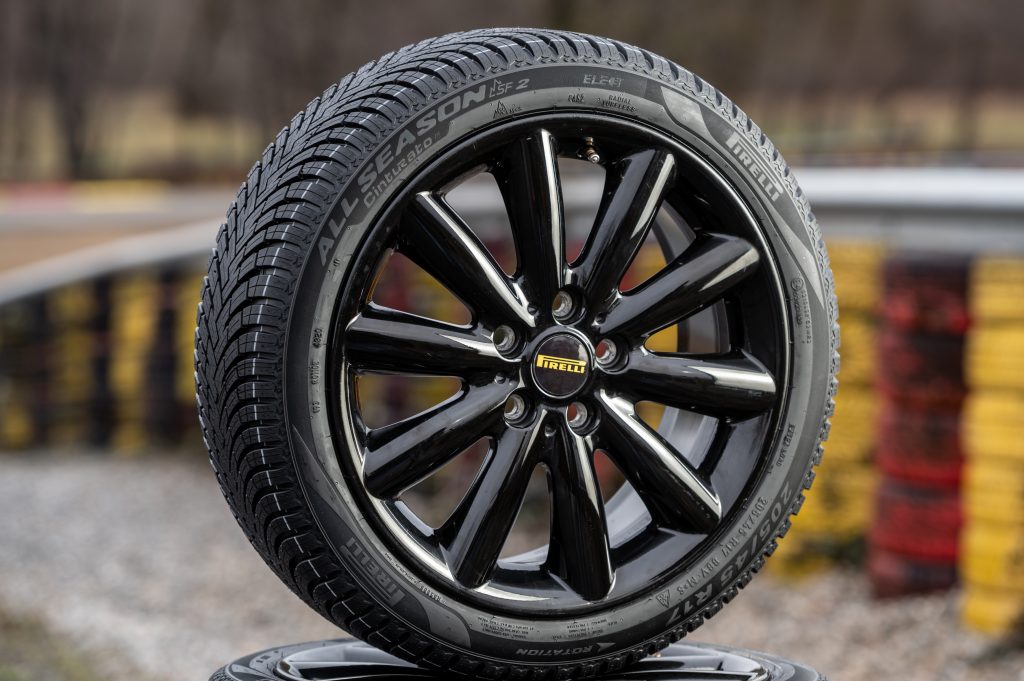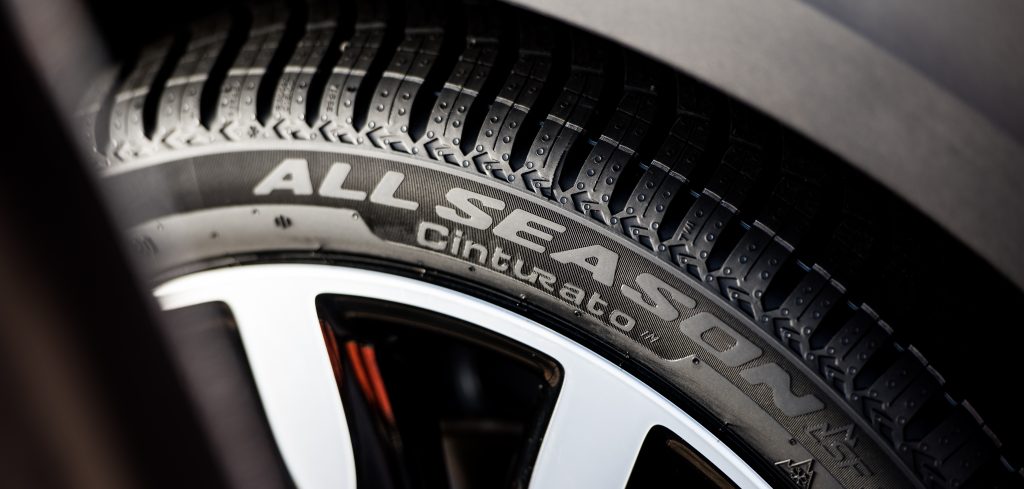Pirelli has launched its latest all-season tire, the Cinturato All Season SF2 (successor to the All Season Plus) which the company says provides a broader performance window across both winter and summer conditions than its predecessor. The company states this is possible due to a new compound and tread pattern design that adapts automatically to the different temperature peaks of summer and winter.
In winter conditions, with low temperatures, the grooves on the tread pattern stay open to provide better traction on snow, and they close up under braking in wet and dry conditions, firming up the tread blocks and generating increased grip against the road surface.
Pierangelo Misani, senior vice president of R&D and cyber at Pirelli, explained the principle of operation: “To provide grip when we are driving in the snow, a tire has to cut the snow surface and trap the snow itself to provide the grip, because snow with snow has higher grip than rubber with snow. From this point of view, the sipes of typical winter tires are fundamental. This is the same for all-season tires. In the SF2 you will see that the sipes are linear, not zigzagged like a typical winter tire. This is because they also have to work in the summer.
“A typical contact area is no bigger than four credit cards,” he continued. “To cut the snow in this area, we have, believe it or not, 3.8m of edges. And the sipes also have a 3D design because they have to trap the snow in the winter, in low-temperature conditions, to provide grip. But as soon as it comes to warmer conditions, as soon as we apply torque, or steer, the walls of the 3D sipes tend to lean against each other and close. In closing, they increase the block stiffness, and improve the grip and stability.”
 Pirelli notes the compound also changes characteristics depending on temperature: soft and adaptable for cold and wet conditions, rigid and stable for when it is dry. This is achieved through careful blending of the components of the compound, which includes biphasic polymeric materials chemically linked by silica particles – a concept that Pirelli claims also delivers lower rolling resistance, for lower fuel consumption or a longer battery range.
Pirelli notes the compound also changes characteristics depending on temperature: soft and adaptable for cold and wet conditions, rigid and stable for when it is dry. This is achieved through careful blending of the components of the compound, which includes biphasic polymeric materials chemically linked by silica particles – a concept that Pirelli claims also delivers lower rolling resistance, for lower fuel consumption or a longer battery range.
Misani highlighted that development of a tire with such a broad operating range was far from easy and was only possible thanks to a reliance on digital design tools.
“The development of an all-season tire is one of the most challenging tasks for R&D, due to the need to fulfill the widest spectrum of usage. The virtual approach that we have used extensively when developing this product has allowed us to study the movement and the behavior of the tread pattern in extreme detail. That was the only way to achieve one of the most challenging targets we had: 50% increase in mileage over the previous iteration.”
He noted that optimization of the tread blocks was one area that particularly benefited from this design approach.
“The tread blocks at the edge of the contact patch have to accelerate suddenly, because leaving the contact patch and going into free rolling, they increase their speed. It’s there that wear happens. Thanks to virtualization, we have been able to control the deformation of the single elements in that critical area in a way that reduces the total energy dissipation by about 13%,” he concluded.





